Purple Rain by Prince
Buy Purple Rain Prince reached the pinnacle of his success in 1984, with the release of the musically potent Purple Rain to accompany the major motion picture of the same name. The sixth […]
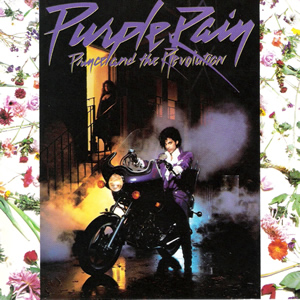
Buy Purple Rain Prince reached the pinnacle of his success in 1984, with the release of the musically potent Purple Rain to accompany the major motion picture of the same name. The sixth […]
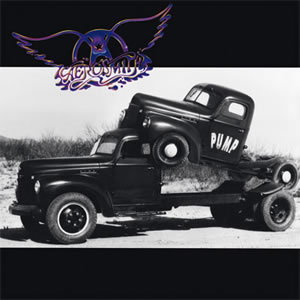
Buy Pump The second distinct phase of Aerosmith‘s fame hit full stride in 1989 with the release of Pump, the band’s tenth overall studio album and their third release since reuniting in 1985. […]
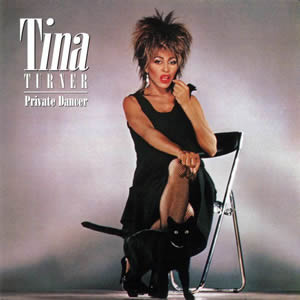
Buy Private Dancer The story surrounding Tina Turner and her remarkable comeback with Private Dancer is the stuff of Hollywood movies. In fact, it was a Hollywood movie, and this remarkable vocalist who […]

Buy Pretzel Logic At first glance, Steely Dan‘s third album, Pretzel Logic, may seem almost too short and efficient. Many of the songs do not even reach three minutes in length and the […]
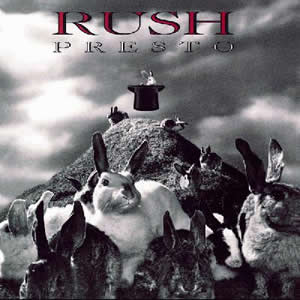
Buy Presto For all the musical complexity that Rush has shown over the years, it is absolutely amazing how much they can do with simplicity. On Presto, their thirteenth studio album released in […]
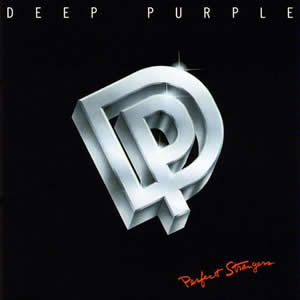
Buy Perfect Strangers Through the past half century of classic rock and roll, there have been scores (if not hundreds) of major group reunions, with very mixed results. However, there have been very […]
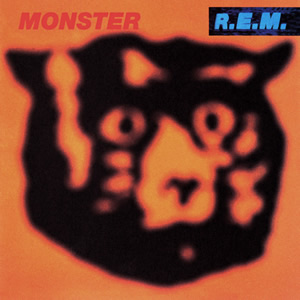
Buy Monster R.E.M. found great commercial success with their two early nineties releases, Out of Time and Automatic For the People. Still, the group made a concerted effort to rapidly evolve their sound […]

Buy Master of Disguise Had Master of Disguise been released five to ten years earlier, it would have a huge commercial success and probably considered a rock classic. But as the climate changed […]
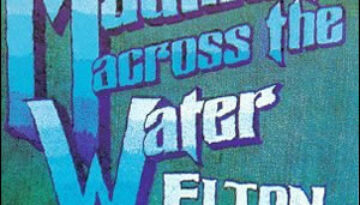
Buy Madman Across the Water Madman Across the Water was the fourth studio album by Elton John and his sixth overall album released within a span of just 29 months. The album is […]
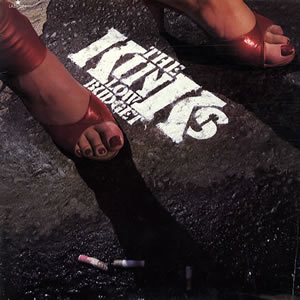
Buy Low Budget The Kinks closed out their very prolific 1970s with Low Budget, their most commercially successful album of the decade. Composer, producer, and frontman Ray Davies put together a collection of […]